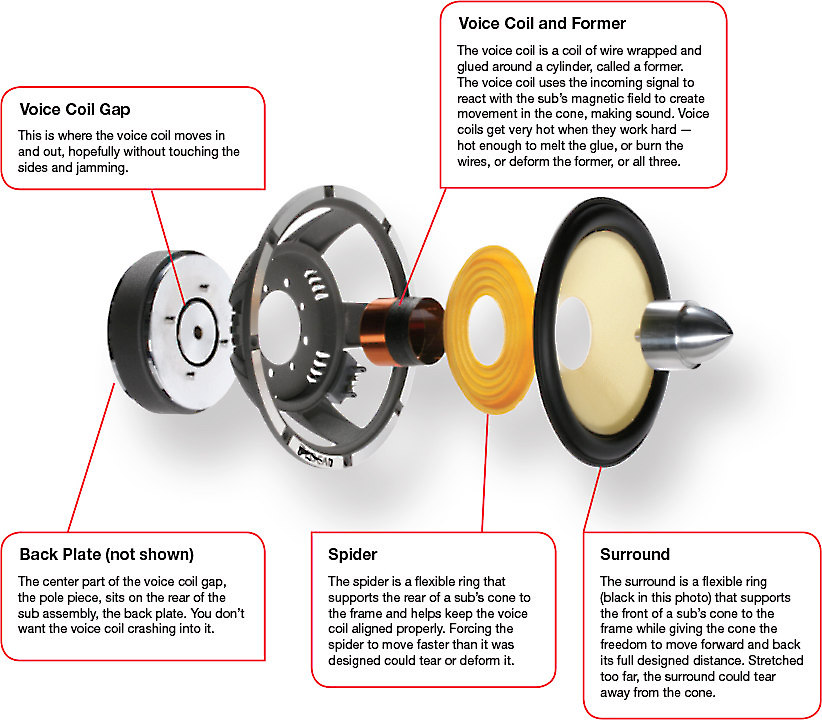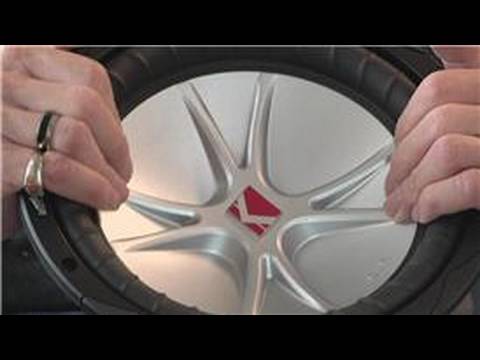To determine if a sub is blown, listen for distortion or crackling sounds. Check the subwoofer’s cone for rips or tears.
These are clear signs that your sub is blown. A blown subwoofer will significantly impact the sound quality of your music and needs to be addressed promptly. A subwoofer is a crucial component of a sound system, enhancing the overall listening experience.
However, a blown sub can be frustrating and costly to fix. It is crucial to identify whether your sub is blown before attempting to repair it. This article will outline how to tell if a sub is blown and offer solutions for fixing the issue. By following the tips in this informative guide, you’ll be able to return to enjoying high-quality sound in no time.

Credit: m.youtube.com
Signs Of A Blown Subwoofer
If you suspect that your subwoofer is blown, here are some signs you should look out for:
| Symptom | Description |
|---|---|
| Lack of Sound | If your subwoofer is not producing any sound, it could be a sign that it is blown. |
| Distorted Sound | If the sound from your subwoofer is distorted or muffled, it could be damaged. |
| Damaged Surround | If the rubber or foam surrounding the subwoofer is cracked or broken, it could lead to a blown speaker. |
| Cracking or Popping Sounds | If you hear cracking or popping sounds when you use your subwoofer, it could be damaged and lead to a blown speaker. |
If you experience any of the above symptoms, it is advisable to have a professional check your subwoofer to confirm if it’s really blown. Early detection of a blown subwoofer can save you from costly repairs by avoiding further damage.

Credit: www.reddit.com
Tools For Testing A Subwoofer
If you suspect that your subwoofer isn’t working properly, there are a few tools you can use to help diagnose the problem. One such tool is a digital multimeter, which can assist in checking the resistance of the subwoofer’s voice coil. Another useful tool is a signal generator, which can generate a test tone that you can use to check the subwoofer’s frequency response. An amplifier can also be used to test the subwoofer’s sound output. Lastly, if you’ve narrowed down the problem to a faulty speaker, a replacement speaker may be needed.
Steps To Test A Blown Subwoofer
To tell if a sub is blown, you need to perform a series of tests, starting with:
- Turn off the power to the subwoofer before you attempt any testing.
- Disconnect the subwoofer from the amplifier to avoid potential damage.
- Use a digital multimeter to measure the resistance of the voice coil, which should be 0-5 ohms.
- Use a signal generator or tone test to determine whether the subwoofer produces sound.
- Check the surround of the subwoofer for any tears or damage, which could cause distortion.
- Use an amplifier to test the subwoofer with an audio source, such as music, to check for any distortion or lack of sound.
- If all else fails, replace the speaker or consider seeking professional help.

Credit: www.crutchfield.com
Tips For Preventing A Blown Subwoofer
Proper amplifier settings are essential to avoid blowing a subwoofer. Overpowering the subwoofer is another leading cause of damage, so make sure to set the amplifier to the manufacturer’s recommendations. Check the surrounds regularly, and if you notice any cracking or warping, it’s time to replace the subwoofer. Keeping the subwoofer clean and free of debris can also help prevent damage. Finally, protect subwoofers from overheating by keeping them adequately ventilated and avoiding placing them in direct sunlight. Following these tips will help ensure your subwoofers last long and deliver excellent sound quality.
| Prevention Tips | Cause of Damage |
|---|---|
| Use proper amplifier settings | Improper amplifier settings |
| Avoid overpowering | Overpowering the subwoofer |
| Check surrounds regularly | Cracking or warping surrounds |
| Keep subwoofer clean and debris-free | Exposure to dirt and debris |
| Protect from overheating | Direct sunlight and poor ventilation |
Conclusion
It is crucial to know when a subwoofer is blown to avoid causing harm to other audio components. Listening to unusual noises and vibrations can help identify blown subs. Checking for tears in the cone and testing for continuity can also provide more accurate results.
Regular maintenance and proper usage can extend the lifespan of your subwoofer. By following these guidelines, you can ensure optimal performance and avoid the costly need for replacement.
